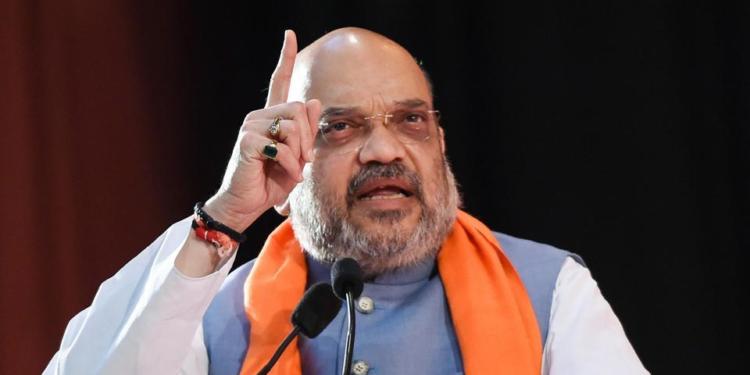Just a few days after being elected, the Central government is set to lift the hold on delimitation in the state of Jammu and Kashmir. Delimitation means the act or process of fixing limits or boundaries of territorial constituencies in a country or a province having a legislative body. The job of delimitation is assigned to a high power body. Such a body is known as Delimitation Commission or a Boundary Commission.
In the state of Jammu and Kashmir, calls for delimitation have been rising, with people from the Jammu and Ladakh regions of the state claiming to be underrepresented in the state’s legislative assembly. Currently , Jammu and Kashmir has a total of 111 constituency segments out of which 24 seats are designated for the territorial constituencies of the state that were administered by Pakistan in 1947. These seats remain officially vacant as per section 48 of the state constitution. Therefore only 87 seats are filled or contestable in the Jammu and Kashmir assembly. Out of these 87 seats, the Kashmir valley region has 46 seats, the Jammu region has 37 seats and the Ladakh region has only 4 seats. After accession to India, the State Constituent Assembly was constituted under Maharaja’s Constitution of Jammu & Kashmir, but Sheikh Abdullah’s administration arbitrarily carved out 30 seats for Jammu region and 43 seats for Kashmir region and two seats for Ladakh region. This disproportionate allocation of seats was carried forward in the following delimitations.
Kashmir region with its higher number of seats has always dominated the state politics. However, now, delimitation can pave way for a fair representation for the other two regions of Jammu and Ladakh and also clear the route for the first Hindu or Sikh CM of the State. According to media reports, Amit Shah has already had a closed door meeting with Governor Satya Pal Malik. He also met the Director of Intelligence Bureau Rajiv Jain and Home Secretary Rajiv Gauba.
The last delimitation exercise in the state took place more than two decades ago in 1995 by a commission headed by Justice (retired) KK Gupta, when the state was under President’s rule. According to the Commission, the next delimitation had to be executed 10 years later i.e. in 2005 however, in 2002, Farooq Abdullah Government chose to put a hold on delimitation until 2026. For this purpose, Farooq Abdullah Government had made amendments in the Jammu & Kashmir Representation of the People Act 1957 and Section 47(3) of the Constitution of Jammu & Kashmir.
As Jammu and Kashmir is currently under President’s rule, Governor Satya Pal Malik surely holds the key to start the process, as during such Rule, the legislative authority is vested in the Governor. The Governor, through basic changes to the relevant sections can set the ball rolling.
According to the 2011 census, the total population of Jammu Division was 5,378,538 of which Dogras were the dominant group comprising 62.55 per cent of the population. Jammu has 25.93 per cent of the area and 42.89 per cent of the population. Against this, Kashmir Division population in 2011 was 6,888,475 with 96.40 per cent Muslims. Though it has 15.73 per cent of the state’s area, it holds 54.93 per cent of the population. Ladakh has 58.33 per cent of the area accounting for 2.18 per cent of the population, a mere 274,289 people reside there of which 46.40 per cent are Muslims, 12.11 per cent Hindus and 39.67 per cent Buddhists.
This delimitation will surely be followed by major changes in the polity of Jammu and Kashmir. This move will also break the long standing stronghold of Local Kashmir valley politicians over the state’s legislature and hence further aid the amalgamation of Indians from Kashmir valley with the mainstream Indian society.































